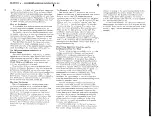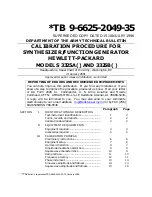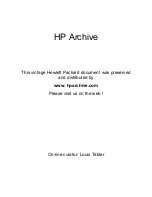
OPQ Programmer’s Guide V 1.1
13
5.1.3 Register 04H: LFO control
This controls the Low Frequency Oscillator. LFO can be used for tremolo and vibrato. LFO
waveform is always triangle.
D7
D6
D5
D4
D3
D2
D1
D0
-
-
-
-
LDIS
LFO2
LFO1
LFO0
LDIS
LFO enable/disable. 0 = LFO on, 1 = LFO off
LFO2...LFO0
LFO frequency, 0...7. Only values 0...6 are actually usable.
0 = about 4 Hz
...
6 = about 10 Hz
7 = about 47 Hz !
5.1.4 Register 05H: Key-on/key-off triggers
This register is the most heavily used register: it contains key-on/key-off triggers for all
operators and all channels. This register is different from the basic principles in OPQ.
Normally there is a register for each channel or each operator, but this one register
handles them all.
D7
D6
D5
D4
D3
D2
D1
D0
-
KEY3
KEY2
KEY1
KEY0
CN2
CN1
CN0
KEY3
Key-on/off for this channel’s Op3.
KEY2
Key-on/off for this channel’s Op2.
KEY1
Key-on/off for this channel’s Op1.
KEY0
Key-on/off for this channel’s Op0.
CN2...CN0
Channel number 0...7
Writing a 1 to KEYn triggers envelope’s attack phase. Writing a 0 triggers release phase.
Only KEYn changes are relevant: writing same KEYn value as before does not trigger
anything. Channel number defines, which channel’s operators we are dealing with.
There are certain interdependencies and limitations between the operators; these are
described in chapter 3.3.










































